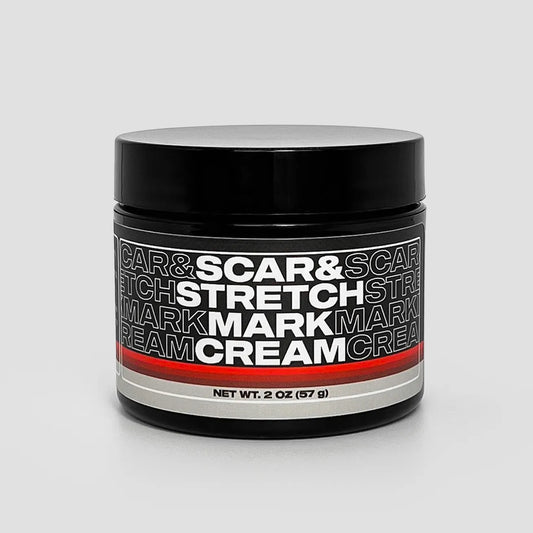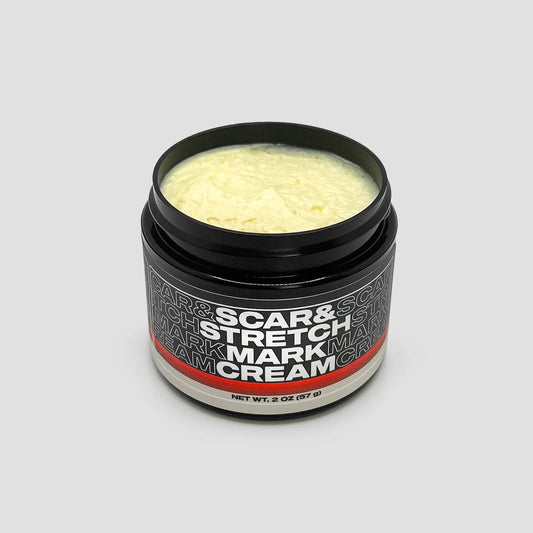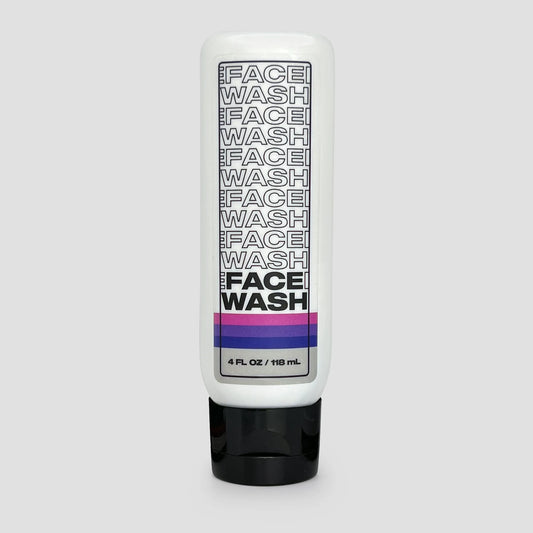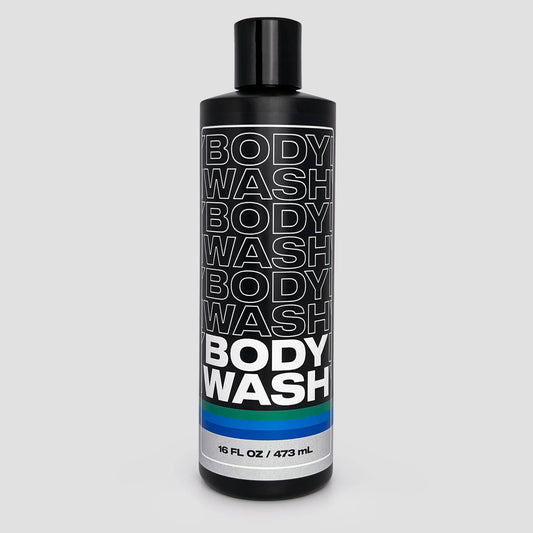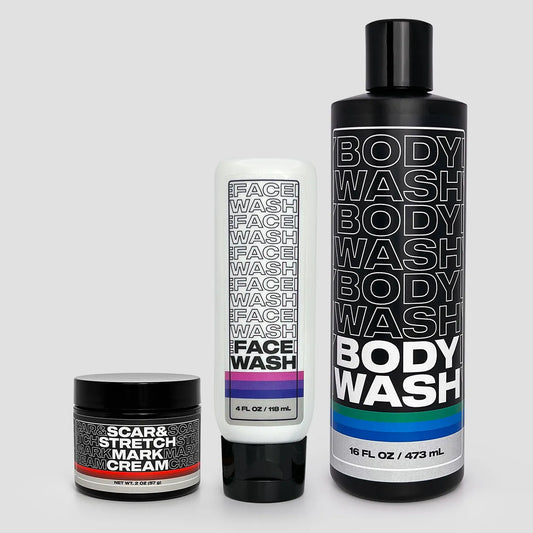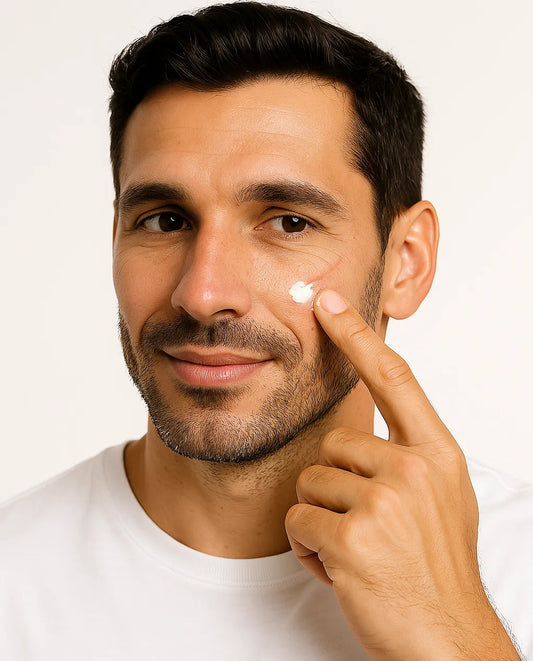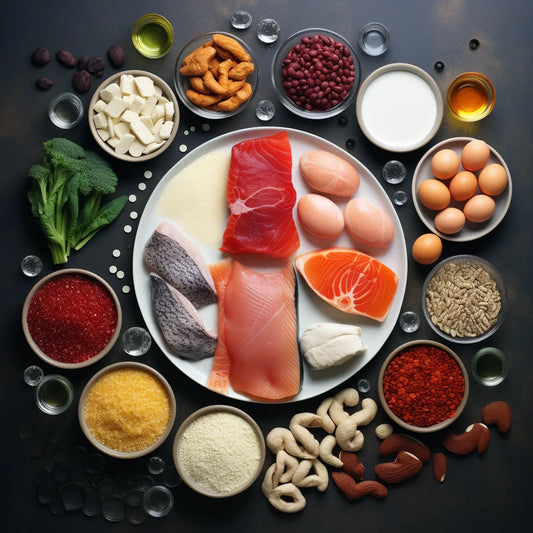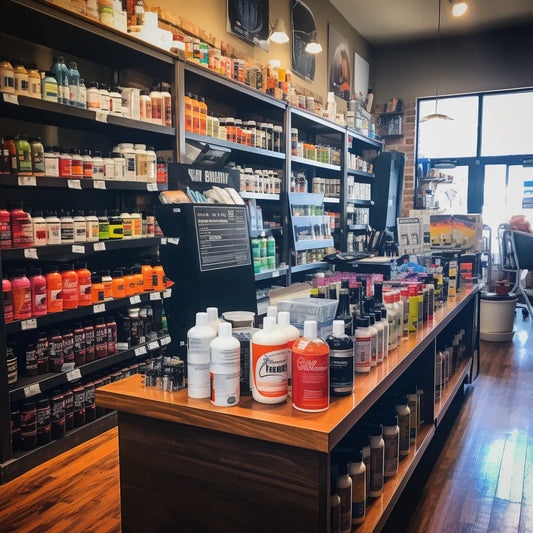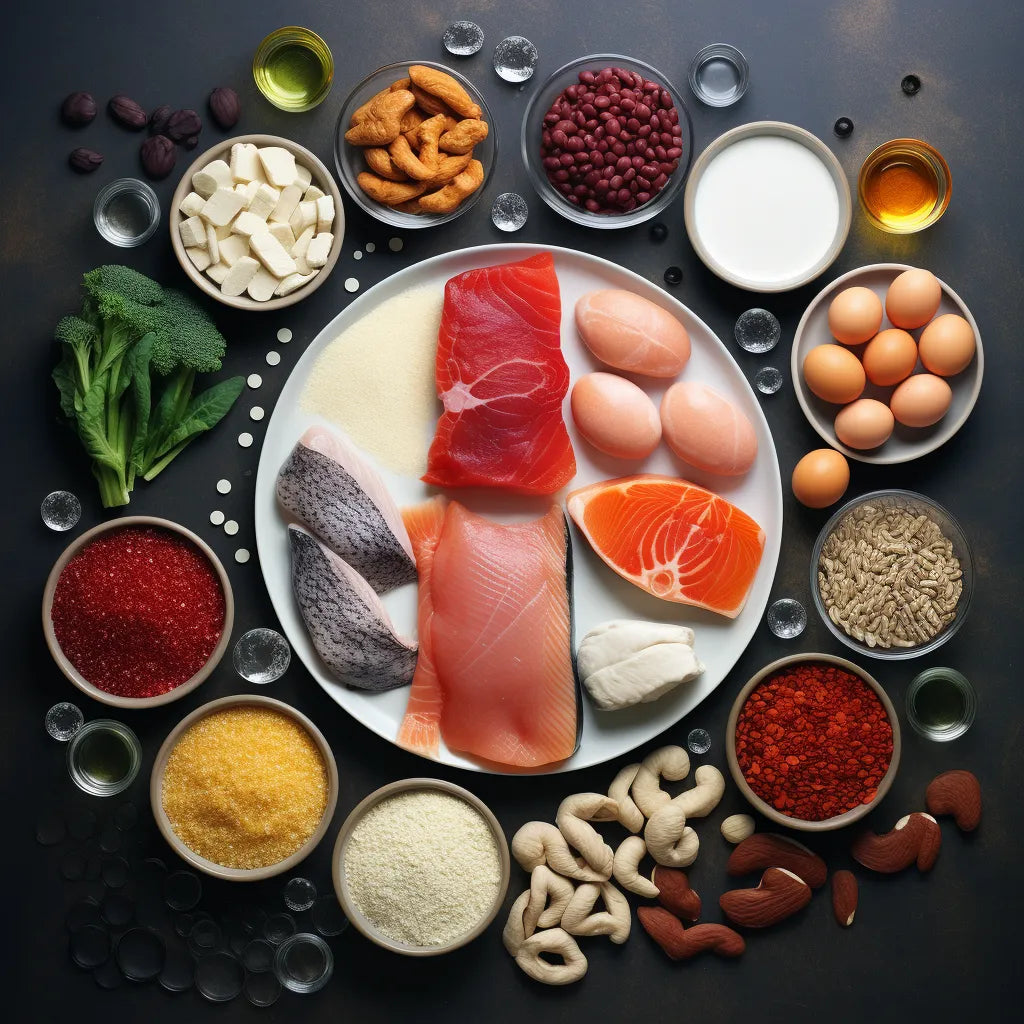
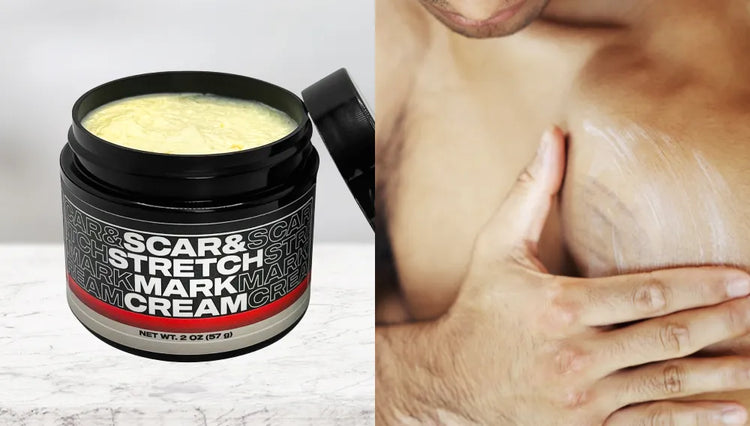
Protein, a crucial building block of muscle and skin, has long been the subject of debate in fitness and wellness circles. There's often confusion about the best source of protein - should we turn to plant-based options like soy, or stick to traditional sources like milk?
This face-off is especially pertinent to those who're not just out to bulk their muscles, but also maintain a healthy skin routine. After all, the age-old saying 'you are what you eat' applies as much to your skin as it does to your muscles.
Our discussion on soy protein versus milk protein is about to unravel that mystery. This guide is intended to help you understand the nutritional value and properties of both types of protein. You'll then be able to make an informed decision about which source enhances your fitness efforts and complements your skincare routine, thereby addressing your underlying insecurities.
Read on to understand the differences between soy and milk protein on four fronts: nutritional value, digestibility, muscle recovery, and skin health. We'll also debunk some common protein myths.
What are the key differences between soy and milk protein?
Soy and milk proteins differ in their origins, structure, and absorption rates. Soy protein is plant-based and contains all essential amino acids necessary for human health. Milk protein, on the other hand, is an animal product and is considered a high-quality or 'complete' protein as it provides all the essential amino acids in adequate amounts. Although both are good protein sources, they have varying absorption rates in our body, with milk protein generally absorbed slower than soy.
Is one better for muscle recovery?
While both supply a good dose of protein, research suggests that milk protein may have a slight edge for muscle recovery after workouts. The natural blend of slow-digesting casein and faster-digesting whey protein in milk is considered optimal for muscle protein synthesis. Soy protein, while beneficial, doesn't match milk protein's efficiency in promoting muscle recovery according to some studies.
How to Incorporate Soy and Milk Proteins in Your Diet for Optimal Health
Whether you're working on building strength or attending to your skin's health, a balanced diet that includes both soy and milk protein can be beneficial. Here's how to incorporate these proteins into your routine.
1. Begin Your Day with Milk Protein
Starting your day with a dairy-based breakfast can ensure a slow and steady release of protein throughout the morning. This could be a serving of Greek yogurt, a glass of skimmed milk, or even a scoop of whey protein in your smoothie.
2. Mid-day Snack on Soy
For a quick, mid-day protein boost, opt for soy snacks. Roasted soybeans, a handful of edamame, or a bowl of miso soup can be great options.
3. Post-Workout Recovery with Milk Protein
Drinking milk post-workout could help speed up muscle recovery, thanks to the blend of whey and casein protein in it. If you're not a fan of milk, a whey protein shake might be a suitable alternative.
4. Wind Down with Soy Protein
End your day with a meal rich in soy protein. This could be a serving of tofu with mixed vegetables or soy-based mock meat products if you're trying to reduce your meat intake.
Which protein source is better for skin health?
While protein in general is good for skin health, soy protein might offer additional benefits as it contains isoflavones, a type of plant-derived compound with antioxidant and anti-inflammatory properties. They can potentially help protect against skin damage and aging. Likewise, milk protein aids skin regeneration and hydration, making it vital for skin health as well.
Can I mix soy and milk protein in my diet?
Absolutely, consuming a mix of different protein sources can provide you with a wider range of nutrients and amino acids. It's all about balance and finding what works best for your body and your health goals.
Charge Your Fitness Journey: The Protein Way
A well-rounded understanding of soy and milk proteins can empower you on your fitness journey, and add a new edge to your skincare routine. Be it for muscle recovery or skin health, both these proteins have their unique advantages.
Final Thoughts on the Soy versus Milk protein showdown
- Soy protein is a good plant-based source of protein; it's easily digestible and high in isoflavones, which could potentially boost skin health.
- Milk protein, with its blend of casein and whey, may support muscle recovery post-workouts more efficiently than soy.
- Balance is key. Combining both sources in your diet could provide you with the widest range of benefits.
Whether you lean towards soy or milk protein, remember to pair your nutritional changes with good skincare practices. Opting for natural skincare products like our Scar and Stretch Mark Cream and Activated Charcoal Face Wash can complement your nutritious diet and help you in your journey towards healthy, fresh and vibrant skin.
